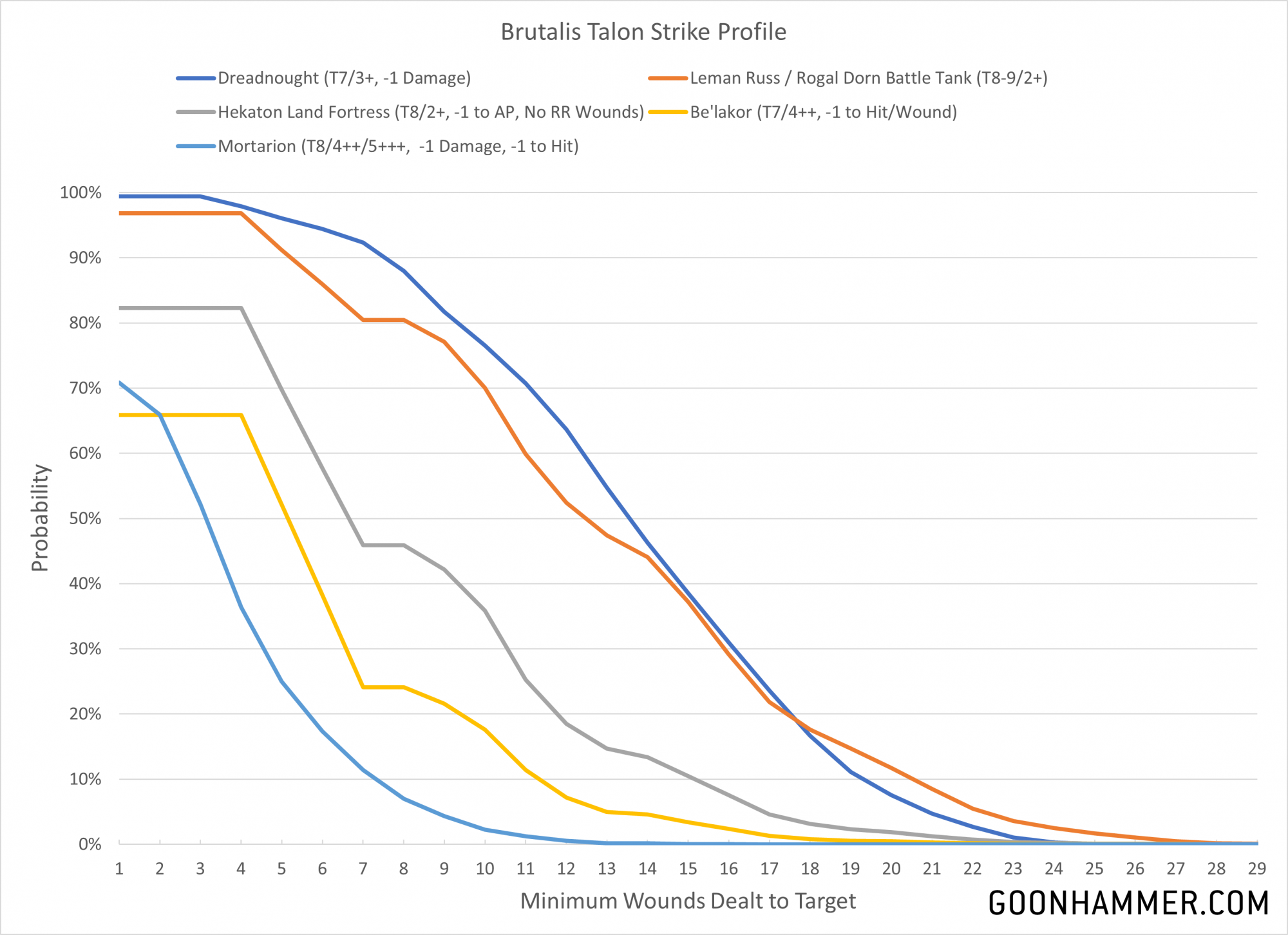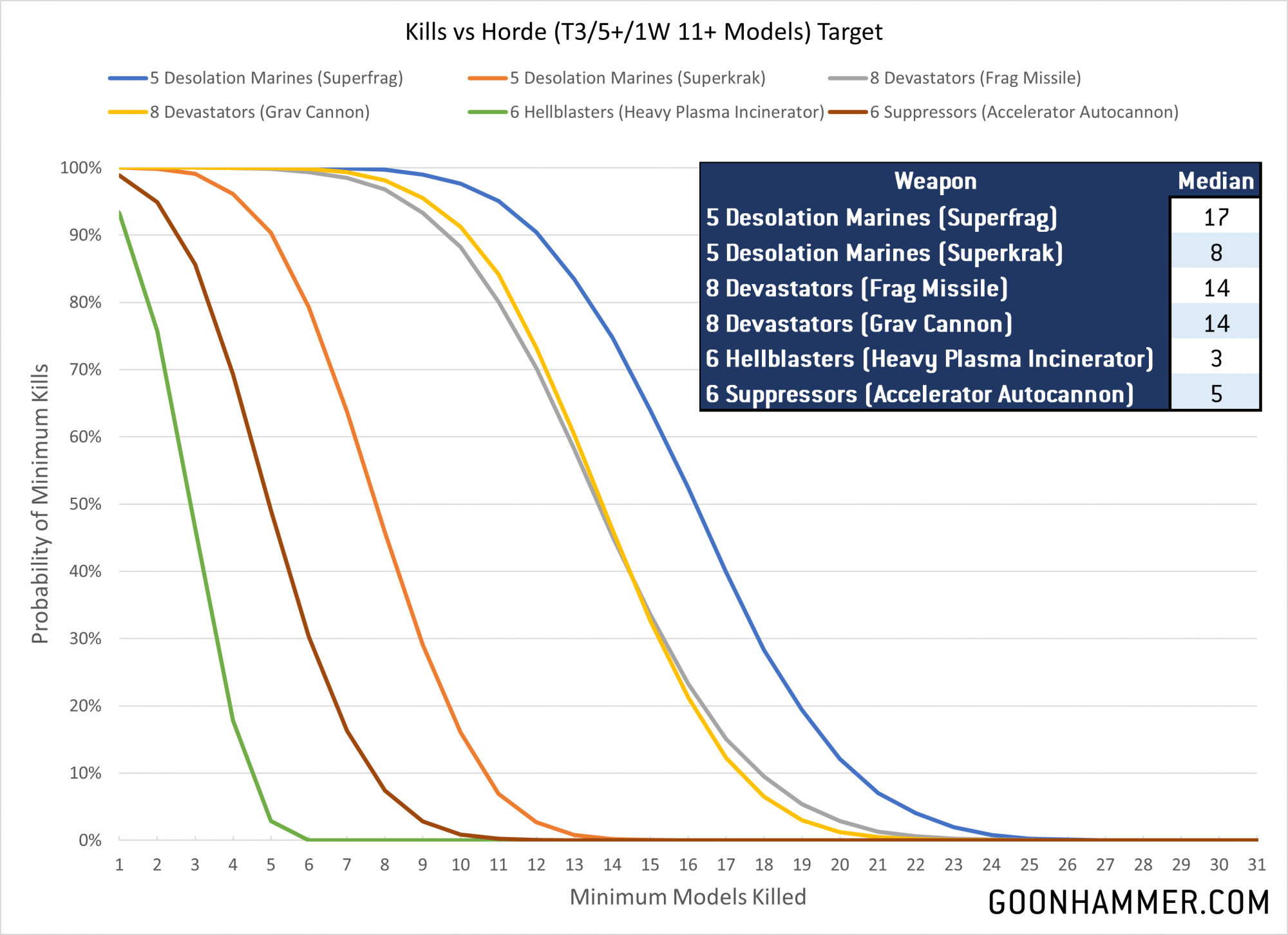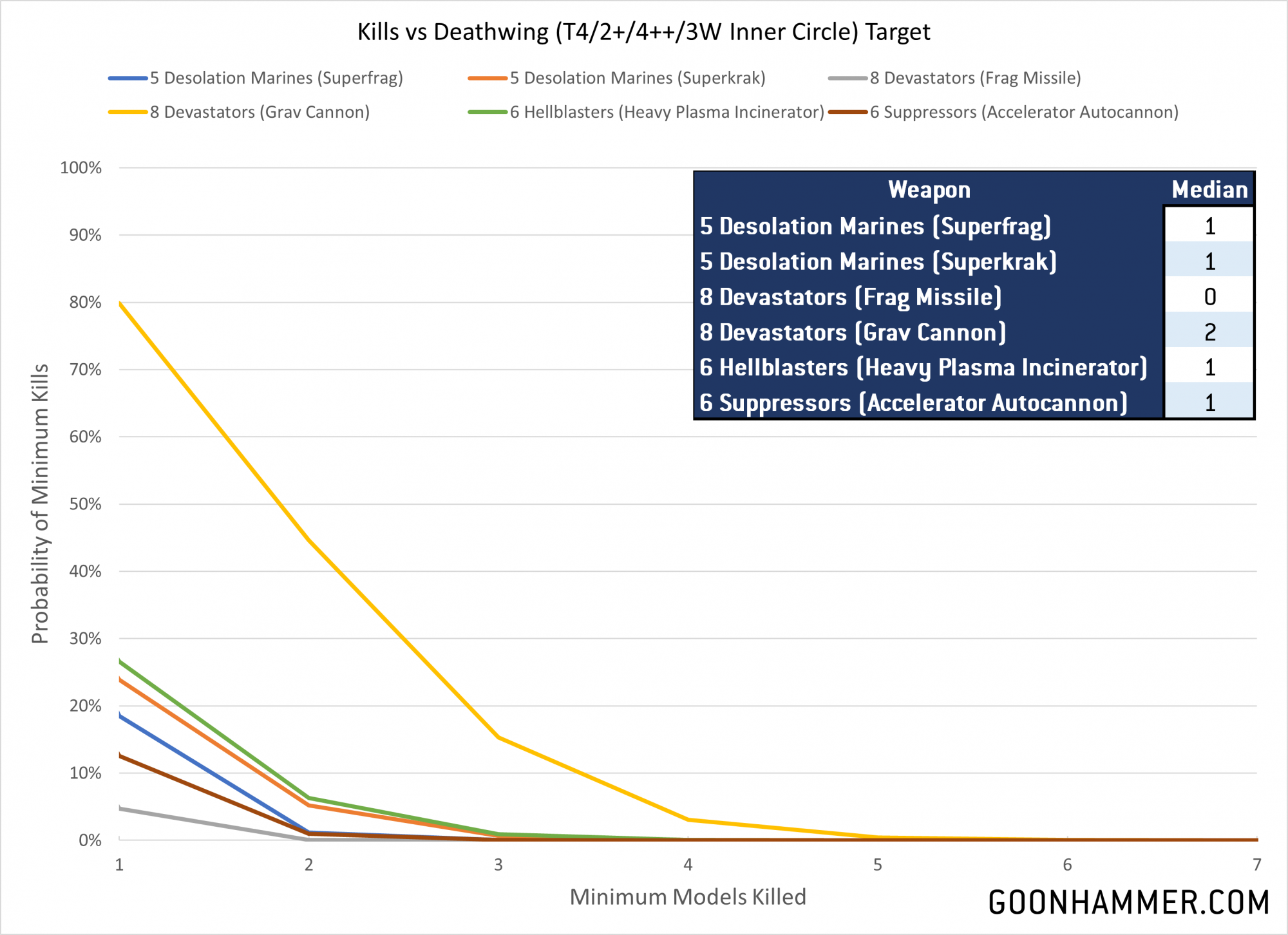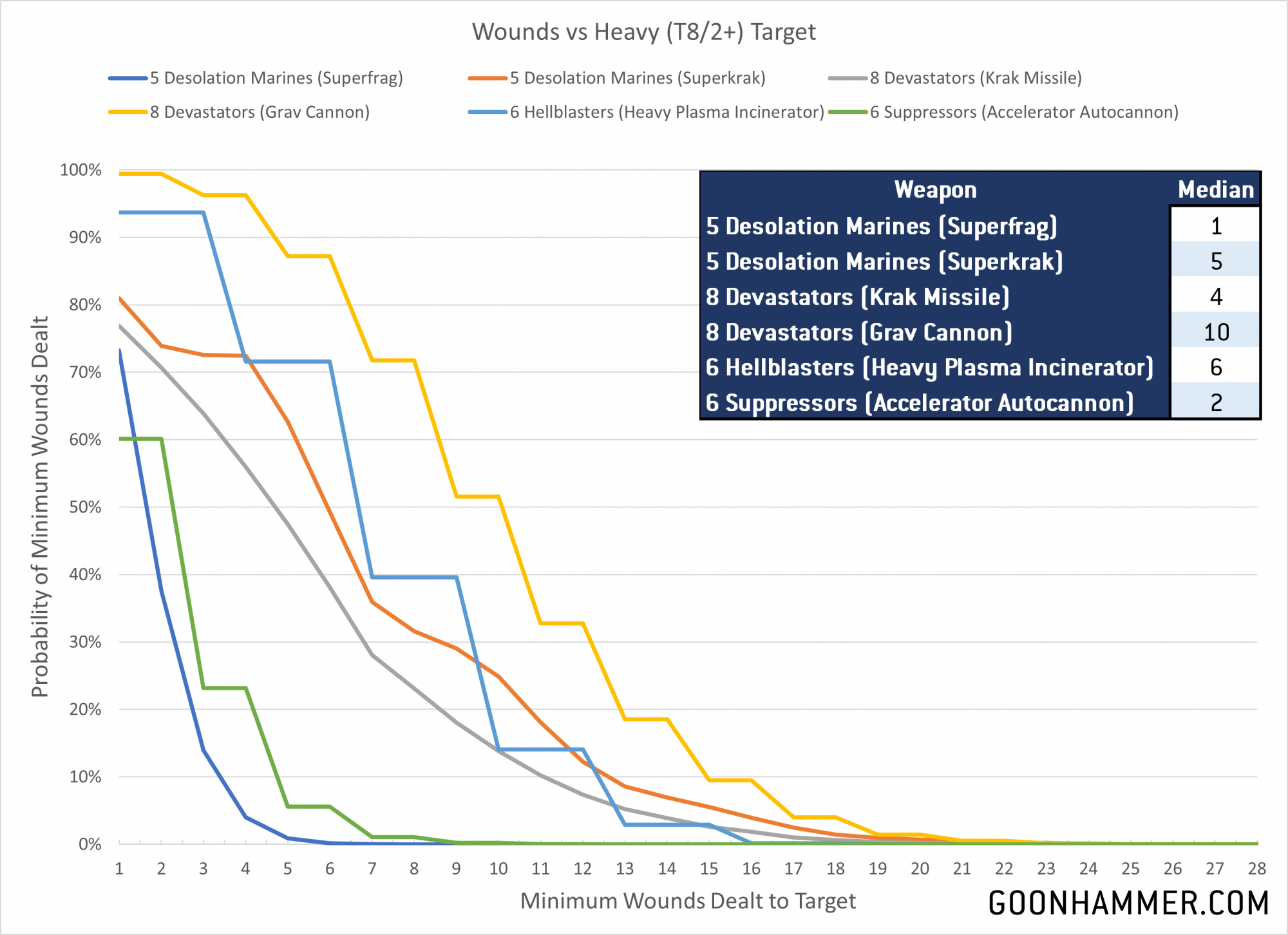This week’s Hammer of Math focuses on the new Datasheets provided in Strike Force Agastus.
As far as I can tell, the minds behind Strike Force Agastus must be part Ork because they clearly believes that when it comes to Primaris, Biggest Is Best. The box contains the biggest Intercessors, it gives the other Primaris the biggest guns, it has the biggest Primaris dreadnought, and it even gives the Primaris Lieutenant a bigger fist. Whether or not these options are actually good is something we’ll take a look at in this article.
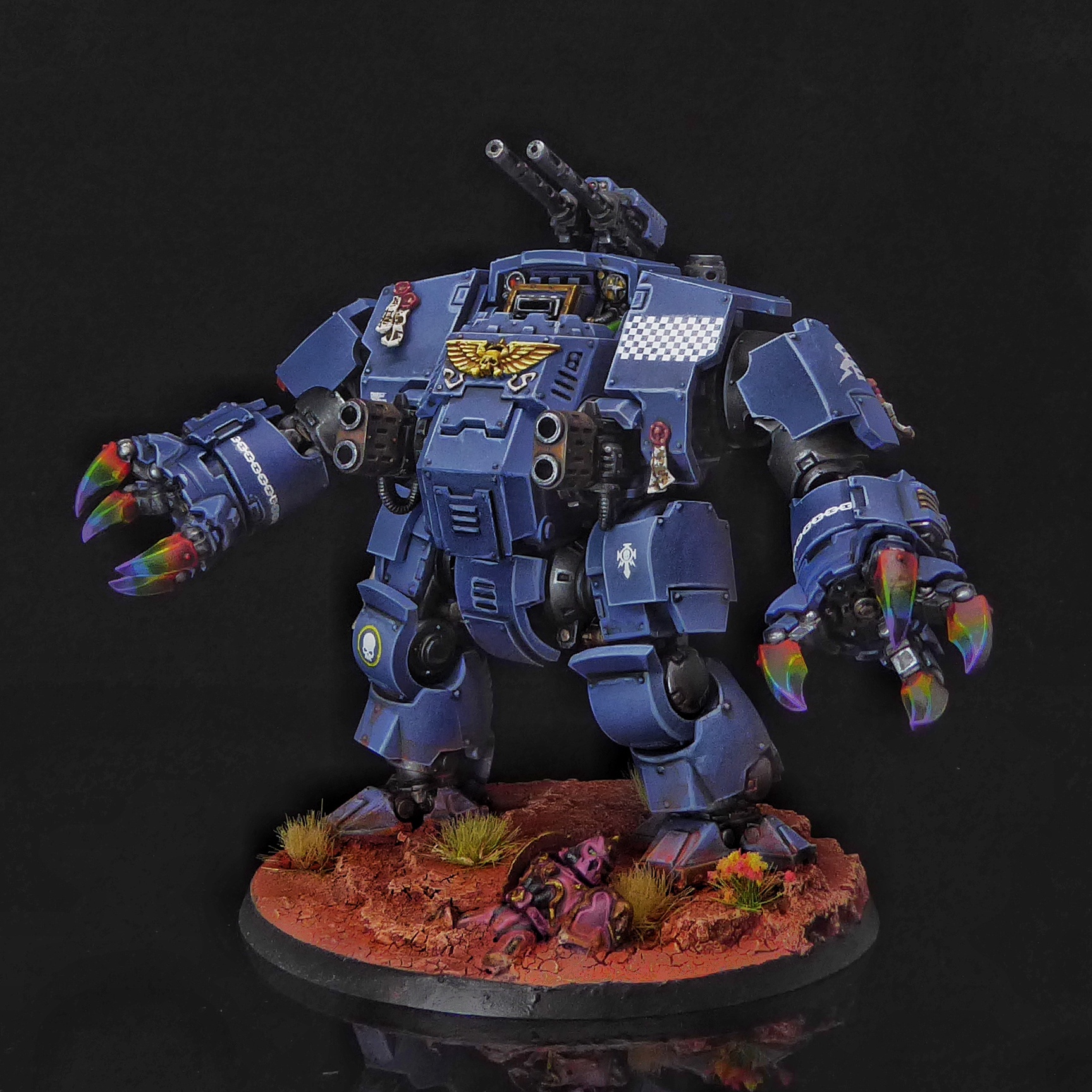
Brutalis Dreadnought
Every now and then someone takes a look at something and asks why they can’t have more. Why have one pistol when you can go akimbo? Why have a tank with one gun when you can have two? Belisarius Cawl asked that same question of the Redemptor Dreadnought, and then being Cawl took it as logically extreme as he could. Instead of one fist, you get two. Instead of one heavy weapon, you get a pair of heavy bolters or multi-meltas. He even replaced the optional rocket launcher with a mandatory twin-barreled heavy stubber. Clearly Cawl is a man who knows what he wants.
From a profile perspective the Brutalis is identical to the Redemptor with the addition of an extra attack. The Brutalis fist is a Redemptor fist with a twin bolt rifle added, but barring a desire to make an awesome conversion or a need for more S4 AP -1 shots you will never use it. Instead you’ll likely go for the Brutalis talon, which has two profiles that allow you to either sweep through chaff or focus your attacks on a high priority threat.
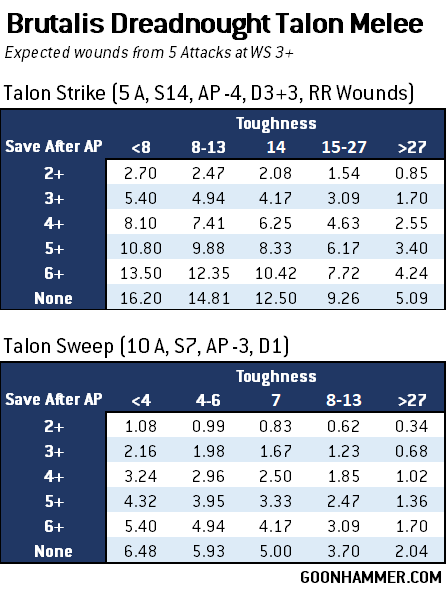 As expected this thing is… brutal. The talon sweep profile is fine for removing chaff if the Dreadnought gets caught in melee against single wound targets, but against anything with two or more wounds the strike profile is going to be ideal thanks to the higher strength, AP, and the ability to re-roll wounds. The sweep profile is anemic enough that it almost feels like it should be triple attacks instead of double, as any large unit that can absorb losing six models per turn will be able to reliably keep this model trapped in combat.
As expected this thing is… brutal. The talon sweep profile is fine for removing chaff if the Dreadnought gets caught in melee against single wound targets, but against anything with two or more wounds the strike profile is going to be ideal thanks to the higher strength, AP, and the ability to re-roll wounds. The sweep profile is anemic enough that it almost feels like it should be triple attacks instead of double, as any large unit that can absorb losing six models per turn will be able to reliably keep this model trapped in combat.
The chart above shows the effect of the strike profile against various targets. You have a greater than even chance of killing a 13W dreadnought on the charge even with the damage penalty, while the T8/2+ profile vehicles are a bit harder to kill. The Brutalis still averages one dead Leman Russ per turn, but the 17W of the Rogal Dorn will only be taken out around 25% of the time. The Void Armour bonuses on the Hekaton Land Fortress give it a significant boost in resiliency when compared to the more conventional Imperial vehicles. Although not shown on the chart, on average it takes around 2 turns to kill a T8 Knight profile since they have so many wounds but no invulnerable save. Unsurprisingly the marquee models like Mortarion and Be’lakor are a significant challenge for this unit.
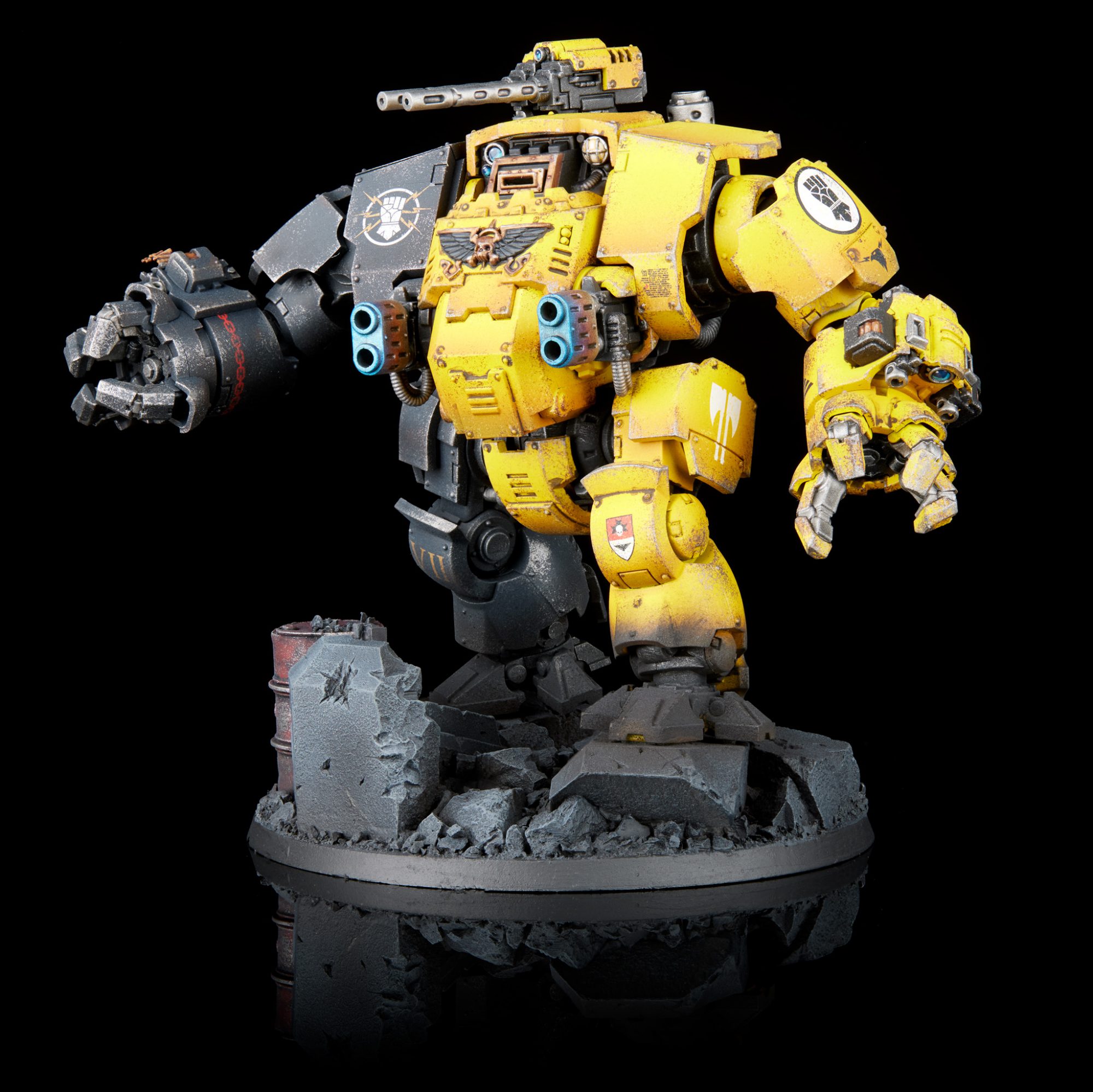
Should you get the multi-melta?
Brutalis Dreadnoughts are obviously melee focused, but they do have the option to replace the pair of heavy bolters with multi-meltas for 30 points. The synergy with the intended role of the Brutalis is pretty obvious; once the model is within 12″ of the target the damage profile increases by an average of 57% and since the multi-melta is not blast it can also be fired if the model is locked in melee. The concept of whether or not an upgrade is “worth” a given number of points is challenging, because there are a large number of variables at play. Your kinds of game you play, the rest of your army and the synergies, the field of opponents, all of this matters a great deal. One way to address this issue is to constrain and simplify the problem. For example, going from a pair of heavy bolters to a pair of multi-meltas increases the price of the model by 18%. If we assume that the primary purpose of the Brutalis is to kill high toughness things in melee, then we can consider the sponson weapons to be an extra set of attacks. Based on the curves above it seems like a T8 target is a pretty good reference point.
- The average result for 5 strike attacks on a T8/2+ target is 12.35 wounds.
- Against the same target, the six heavy bolter shots will average 0.89 wounds. You’d probably want to shoot something else with it.
- Assuming short range, the four multi-melta shots will average 6.11 wounds.
So with the heavy bolters the expected value against the target is 13.24 wounds, while with the multi-meltas the cumulative expected value is 18.46 or a 39% increase. Assuming you want to specialize your Brutalis towards killing big targets, the multi-meltas are worth the points.
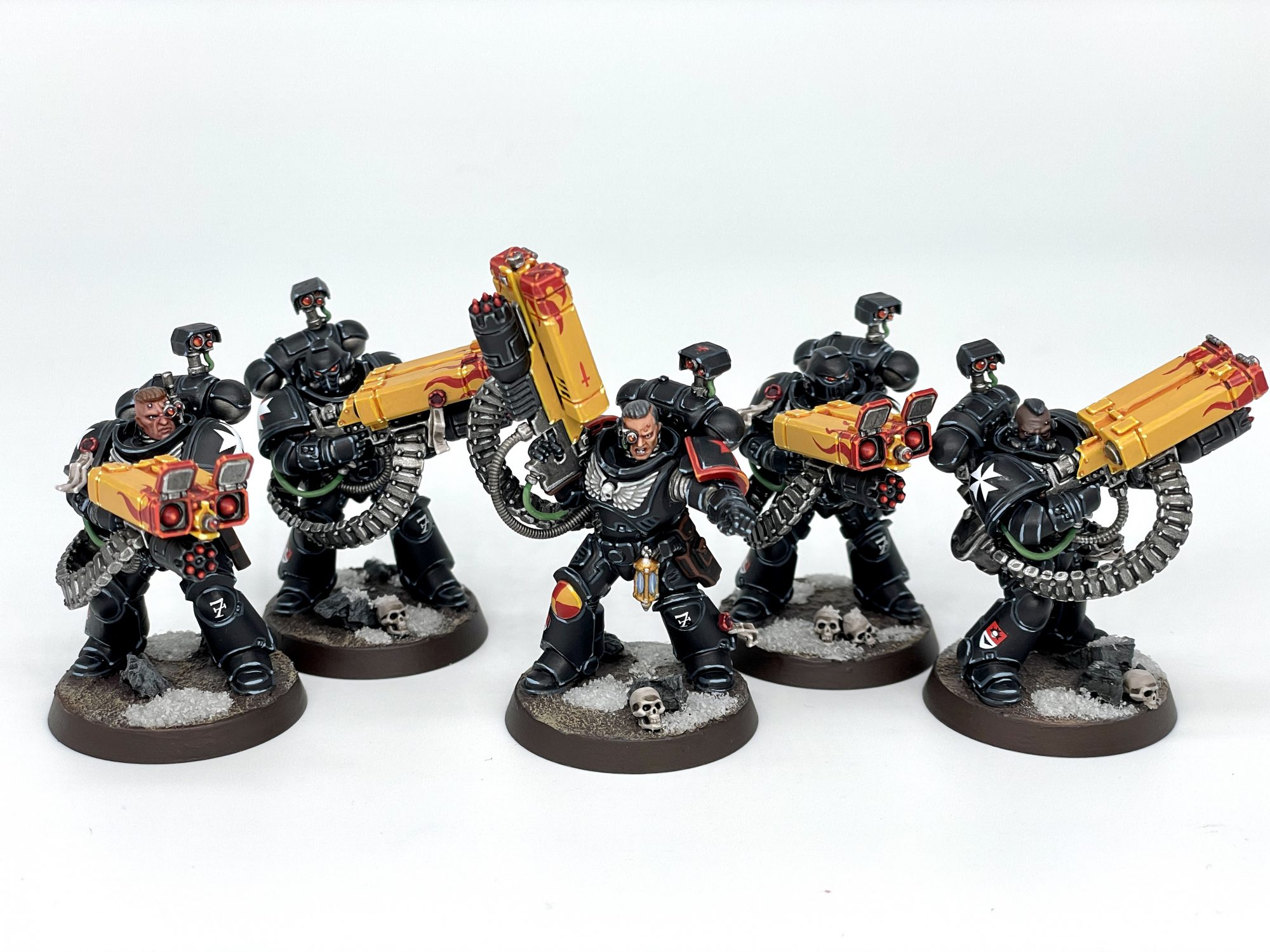
Desolation Squads
Continuing the Primaris tradition of making multiple Datasheets where Firstborn only needed one, Desolation Squads seem to be the Cawl equivalent of Devastators armed with missile launchers. Unlike Devastators, a Desolation Squad (Desolators?) has to choose between bringing an anti-personnel or anti-vehicle option. The superfrag rocket launcher fires the equivalent of D3+3 bolt rounds (S4, AP -1, D1) with the Blast trait so that they can make out the shots against units of 11 or more models. The superkrak option is a krak missile with extra AP and a more reliable damage profile, resulting in a single S8, AP -3, D3+3 shot. Desolators are also equipped with castellan launchers, which are Heavy D3 bolt rifles that have Blast and can also target units out of line of sight (with the usual -1 penalty to BS and the +1 bonus to armour saves). The Sergeant can also take a vengor launcher, which fires D6 S6 AP -1 D2 shots with Blast and the ability to ignore LOS. The vengor also comes with targeter optics which add 1 to the hit rolls of Heavy weapons, but it costs an extra 10 points.
So how do these 35 point models stack up against equivalent options? For the sake of “equivalent” we’ll look at squads of models armed with Heavy weapons with a range of 36″ or greater. Three alternatives spring to mind:
- A Devastator Squad costs 23 points per model and has a huge number of heavy options. A unit can carry up to four grav cannons, heavy bolters, lascannons, missile launchers (with frag and krak options), a multi-melta (for a 10 point premium), or a plasma cannon.
- The venerable Hellblaster costs 30 points per model and can carry one of three plasma incinerator options. For the sake of this analysis we’ll look at the heavy plasma incinerator, which fires a single shot that’s S8/9, AP -4, and D2/3 depending on whether it’s overcharged.
- Although technically a Fast Attack choice, the 30 point Suppressor is armed with a Heavy weapon in the form of an accelerator autocannon that gets 3 shots at S7, AP -1, and D2. If you’ve forgotten about this unit then don’t worry, so did Games Workshop. The only way to get it is to drop $150 on a Space Marines Combat Patrol.
Another option would be Centurions, which cost the same as two Desolation Marines with more firepower, but for now we’ll focus on the smaller Marines. A Desolation Squad of 5 costs 175 points so we’ll compare them to 8 Devastators (effectively two squads minus the Sergeant), 6 Hellblasters, and 6 Suppressors. For this analysis we’ll look at three sets of targets; Astra Militarum troops (T3/1W/5+, Deathwing Terminators (T4/3W/2+/4++ and Inner Circle), and a heavy tank (T8/2+).
The horde threat is where the Desolator Squad really shines, as against a unit of 11+ models the combination of superfrag rocket launcher and castellan launcher translates to 9 bolter shots per model with a 36″ range. A baseline unit of 5 will be putting out 45 shots, and if you are in the Devastator doctrine that AP -2 can be devastating against a wide variety of threats.
Unsurprisingly neither the frag nor krak rockets are particularly effective against the Deathwing. Part of this limitation is the squad size, since the frag rocket only is affected by its Blast ability on larger units. The combination of attacks and high damage made the grav cannon useful in this scenario, but even then two squads two kill a median of 2 Terminators is pretty brutal.
Once again quantity beats quality as the grav cannon puts out the most damage courtesy of each gun getting four shots. Unfortunately the superkrak version of the Desolation Squad suffers the same problem as many similar units; there just aren’t enough shots to make it worthwhile.
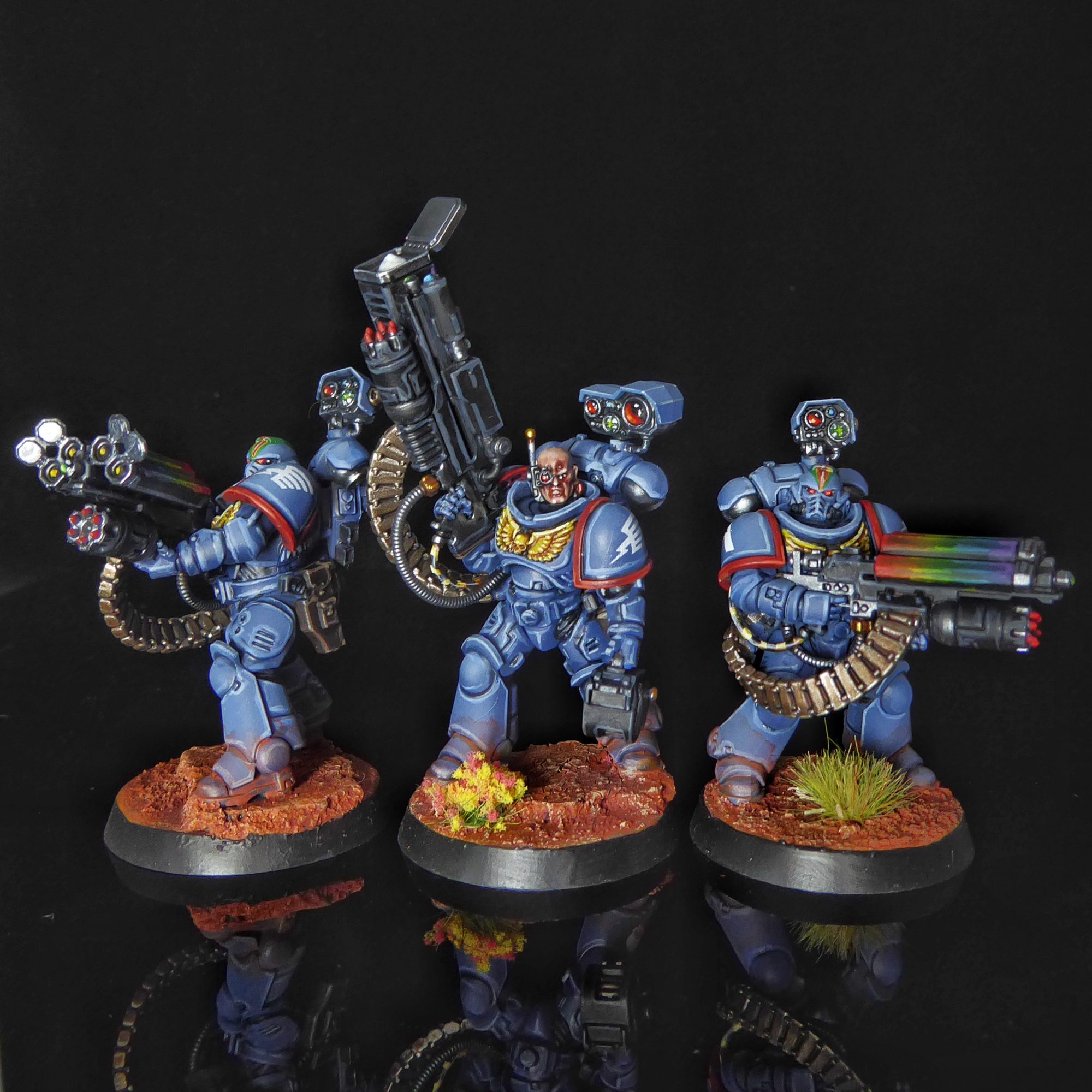
Wrapping Up
As is the case with many other units in 40k, the Brutalis and Desolation Squads work best when they are specialized for the target which best takes advantage of their options and abilities. In this case their jobs are polar opposites. The Brutalis is best when applied to attacking a major threat, where the strike profile of the talons and possibly a pair of multi-meltas can inflict a large amount of concentrated damage. The Desolation Squads work best when their primary weapon matches their secondary, which means superfrag rockets to go with the castellan launcher. Where things get particularly nasty is when the large number of attacks is combined with other bonuses, such as getting an extra point of AP in the Devastator doctrine or adding re-rolls to hit and wound.
Thanks for reading! If you have any questions or comments feel free to drop us a note in the Comments below or email us at contact@goonhammer.com. That’s also the best way to suggest topics for future articles.

